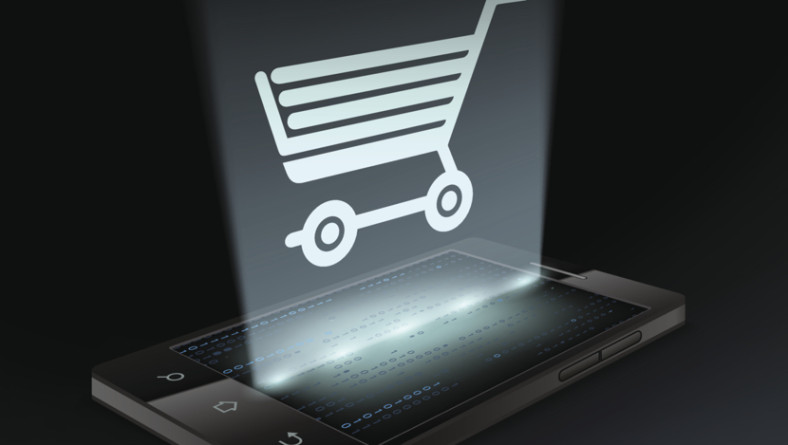We’ve all heard about the paperless office, and now we’re hearing about a cashless society.
The concept of a paperless office has been around for as long as I can remember. An early prediction of the paperless office was made in a 1975 Businessweek article. Of course, today, that dream of the paperless office hasn’t come true, though we are definitely on the path. It’s about time. According to the United States Environmental Protection Agency, the average office worker generates approximately two pounds of paper and paperboard products each day.
I started thinking about this when I read a New York Times article titled “In Sweden, a Cash-Free Future Nears.” Is there a parallel between the paperless office and a cashless society, both of which have been in the works for decades?
Like the long-predicted, slow-in-coming paperless office, the cashless society will come one day.
Bills and coins represent just two percent of Sweden’s economy versus 7.7% in the US. Surprisingly, half of Sweden’s largest banks keep no cash on hand. They also save a bundle on security since there is nothing to steal.
The shift is at least, in part, demographic, with young people almost always using cards and electronic payments to pay their bills, and of course technology is doing its part by making it easier to securely pay bills electronically:
- Mobile developments
- Peer-to-peer payments
- Tap to pay
- Apple Wallet and Android Pay
- Plug-in card readers
- Online banking and transfers
- More secure (EMV) chip cards with card-cloaking
According to the New York Times, the shift away from cash is not limited to banks. Everyone is getting into the act. Street vendors and churches were cited as being on board, because when they accept electronic payments, they experience higher sales and greater donations. Just like small businesses, big businesses benefit when customers find it easier and more convenient to pay electronically.
While many businesses benefit from the trend toward a cashless society, one must pity the poor ATM industry, as banks in Sweden dismantle hundreds of ATMs. While there are losers, there are winners too. Banks, as already mentioned, like the trend because it generates fees and lowers security costs. The government likes it because more transactions become trackable (and, thus, more easily taxed) and cash/coins are expensive to produce and maintain.
While very few of you reading this work for companies that are paid in cash, it is important to be on top of this trend and understand what it means to your business. Even though the US is lagging other developed countries in the shift to a cashless society, we must be prepared for its eventuality.
Like the long-predicted, slow-in-coming paperless office, the cashless society will come one day. The trends are clear; the timing is not. The increase in use of e-billing and e-payments and the decrease in the use of cash/checks are all good for business and should be embraced and promoted.
Who knows, that cash you have been putting under your mattress might be a great investment. After all, cash might become the ultimate collector’s item. You never know.


No Comment
You can post first response comment.